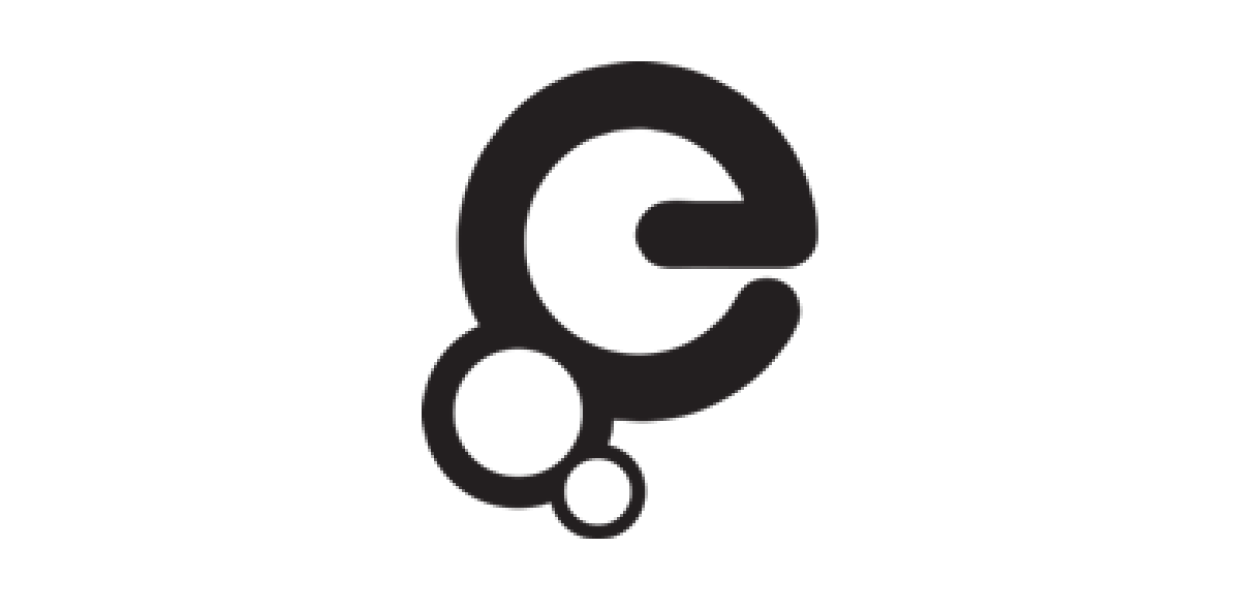Europeana’s huge cultural dataset opens for re-use

The massive dataset is the descriptive information about Europe's digitised treasures. For the first time, the metadata is released under the Creative Commons CC0 Public Domain Dedication, meaning that anyone can use the data for any purpose - creative, educational, commercial - with no restrictions. This release, which is by far the largest one-time dedication of cultural data to the public domain using CC0 offers a new boost to the digital economy, providing electronic entrepreneurs with opportunities to create innovative apps and games for tablets and smartphones and to create new web services and portals.
Europeana's move to CC0 is a step change in open data access. Releasing data from across the memory organisations of every EU country sets an important new international precedent, a decisive move away from the world of closed and controlled data.
Importantly, the change represents a valuable contribution to the European Commission's agenda to drive growth through digital innovation. Online open data is a core resource which can fuel enterprise and create opportunities for millions of Europeans working in Europe's cultural and creative industries. The sector represents 3.3% of EU GDP and is worth over €150 billion in exports.
Welcoming the announcement, Neelie Kroes, Vice-President of the European Commission with responsibility for the Digital Agenda for Europe, said:
"Open data is such a powerful idea, and Europeana is such a cultural asset, that only good things can result from the marriage of the two. People often speak about closing the digital divide and opening up culture to new audiences but very few can claim such a big contribution to those efforts as Europeana's shift to creative commons."
Applying the CC0 waiver also means that Europeana's metadata can now be used in Linked Open Data developments. This holds the potential to bring together data from Europe's great libraries, museums and archives with data from other sectors such as tourism and broadcasting. The result could be a powerful knowledge generating engine for the 21st century.
Jill Cousins, Executive Director of Europeana said:
"This move is a significant step forward for open data and an important cultural shift for the network of museums, libraries and galleries who have created Europeana. This is the world's premier cultural dataset, and the decision to open it up for re-use is bold and forward looking – it recognises the important potential for innovation that access to digital data provides. This development means that Europe now sets the worldwide standard for the sector."
ENDS
Press contacts:
Jon Purday, tel: 00 44 1937 546614
mob: +44 7885 516234
[email protected]
Eleanor Kenny, tel: +44 (0) 20 7412 7113
[email protected]
Beth Daley, tel: + 44 (0) 1937 5466345
[email protected]
Notes for editors
Europeana - www.europeana.eu - is Europe's digital library, archive and museum. It currently gives people access to over 20 million books, paintings, films, recordings, photographs and archival records in 29 languages. It represents 2,200 partner organisations, including all the great national collections such as the Rijksmuseum in Amsterdam, the British Library in London and the Kunsthistorisches Museum in Vienna.
The Europeana platform and network of experts facilitate research and knowledge exchange between librarians, curators and archivists, and link them with digital innovators and the creative industries.
Europeana actively promotes the use and re-use of open data on the European stage and recognises the importance of clarity in this complex area. It has a Data Exchange Agreement (DEA) with each of its partner contributors that establishes that Europeana publishes metadata it receives from its data providers under the terms of the Creative Commons Zero Universal Public Domain Dedication (CC0 waiver). The CC0 waiver is a legal tool that has been developed by Creative Commons for making data available without restrictions on re-use.
Europeana collects the descriptive metadata for the digital works it features; the works themselves and their digital representations remain with the relevant contributing organisation. The Europeana Licensing Framework sets out Europeana's approach to licensing its digital content, and was developed in collaboration with the University of Amsterdam's Institute for Information Law, The Bibliothèque Nationale de Luxembourg and Kennisland.
The raw data is published in two RDF syntaxes: RDF/XML and N-Triples. It is also marked up on the Europeana portal in RDFa.
What is linked open data? Animation in English, French, Italian, German and Spanish explaining the concepts behind linked open data.
How do developers get the data? The data is available via an API – Application programming Interface, which anyone can register for.
CASE STUDY: TIME MASH
To demonstrate the social and commercial potential of open cultural data, Europeana has been running competitive hackathons across Europe for the past two years. At the Hack4Europe sessions it made its dataset available to developers and designers as an API to create prototype mobile apps and pilot services.
This Time Mash case study features a good example of a winning app for mobiles and tablets. Now that the data is available under CC0, apps like Time Mash would be able to be taken into commercial production instead of existing only as prototypes.
TIME MASH
Description
Time Mash is an application that allows anybody with a mobile device to compare present and past views of buildings and places. Guided by your GPS, you can search Europeana to see if it has images of interesting places and buildings nearby. The app puts the original image as a thin overlay in your viewfinder and you can easily fade in and out to ensure that you take a your picture from a similar view point.
Time Mash simplifies the process of seeking out history, on location, and connecting to it. The result can then be shared with the world by uploading to the Time Mash server. While you are uploading the new picture you also contribute your geo-location, refining it, so that more people can get there to admire and contribute.
Developed by Martin Duveborg and Jonas Bolin of the Swedish National Heritage Board
